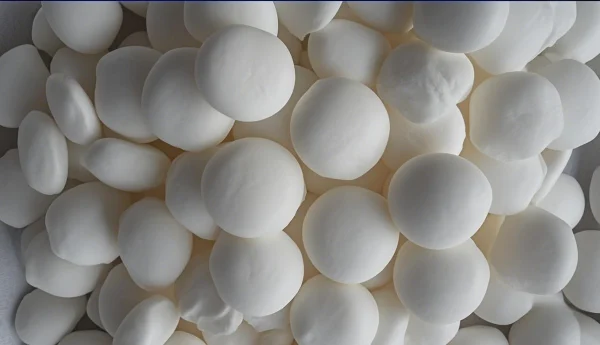
Introduction
Sodium cyanide (NaCN) is a chemical compound that has both industrial applications and significant safety implications due to its highly toxic nature. Understanding its Chemical properties and reaction mechanisms is crucial for safe handling, industrial use, and environmental protection. This article aims to provide a comprehensive overview of the chemical characteristics and reaction pathways of Sodium cyanide.
Chemical Properties of Sodium Cyanide
Physical Appearance
Sodium cyanide is a white, crystalline solid at room temperature. It has a cubic crystal structure and often appears as small, odorless (when dry) granules or powder. However, when in contact with moisture or acids, it can release hydrogen cyanide gas, which has a distinct, bitter almond odor. It's important to note that not everyone can detect this odor, as the ability to smell it is genetically determined.
Solubility
NaCN is highly soluble in water. When it dissolves in water, it dissociates into sodium ions (Na⁺) and cyanide ions (CN⁻) according to the following equation:
NaCN(s) H2O, Na+(aq) Na+ (aq) + CN-(aq)
This high solubility in water makes it a potential environmental hazard as it can easily contaminate water sources. It is also soluble in some polar organic solvents such as methanol and ethanol.
Stability
Sodium cyanide is relatively stable under normal conditions. However, it is sensitive to heat, moisture, and acids. When heated, it can decompose, releasing highly toxic hydrogen cyanide gas. In the presence of acids, even weak acids like carbonic acid (formed when carbon dioxide dissolves in water), the following reaction occurs:-NaCN + H2O + CO2 → NaHCO3 + HCN↑
This reaction highlights the importance of storing Sodium Cyanide in a dry, cool place away from acidic substances.
Reaction Mechanisms of Sodium Cyanide
Reaction with Metals
Sodium cyanide is well - known for its ability to form complexes with metals. One of the most common applications is in the extraction of gold and silver from their ores in the mining industry. In the presence of oxygen and water, sodium cyanide reacts with gold (Au) in the ore to form a soluble gold - cyanide complex. The overall reaction can be represented as:
4Au+8NaCN+O2+2H2O→4Na[Au(CN)2]+ 4NaOH
In this reaction, the cyanide ions coordinate with the gold atoms, converting the insoluble gold in the ore into a soluble complex that can be easily separated from the remaining rock and other impurities. The reaction mechanism involves the oxidation of gold by oxygen, followed by the complexation of the oxidized gold with cyanide ions.
Nucleophilic Substitution Reactions
Cyanide ions (CN⁻) are strong nucleophiles. In organic chemistry, they can participate in nucleophilic substitution reactions. For example, when an alkyl halide (R - X, where R is an alkyl group and X is a halogen) reacts with sodium cyanide in an aprotic solvent like dimethyl sulfoxide (DMSO), the following reaction occurs:R-X + NaCNR-CN + NaX
The cyanide ion attacks the carbon atom bonded to the halogen, displacing the halogen atom in a substitution reaction. This reaction is widely used in the synthesis of nitriles, which are important intermediates in the production of various organic compounds such as carboxylic acids, amines, and heterocyclic compounds.
Reaction with Water (Hydrolysis)
As mentioned earlier, sodium cyanide can react with water in a hydrolysis reaction. In the presence of water, the cyanide ion can accept a proton from water to form hydrogen cyanide and hydroxide ions:CN-(aq) + H2O(l) HCN (aq) + OH-(aq)
This hydrolysis reaction is reversible, and the position of the equilibrium depends on factors such as pH and temperature. In acidic solutions, the equilibrium shifts towards the formation of hydrogen cyanide gas, while in basic solutions, the cyanide ion remains predominantly in its anionic form.
Conclusion
- Random Content
- Hot content
- Hot review content
- Industrial Grade Sodium Metabisulfite 96.5%
- 99.5% min Ammonium Chloride For Industrial Use
- Food Grade Heavy Light Precipitated Calcium Carbonate Powder Granular 99%
- Feed Grade 98.0% Calcium Formate
- 2-Hydroxyethyl acrylate (HEA)
- How do I choose the right flocculant?
- Potassium sorbate 99% Food Preservative
- 1Discounted Sodium Cyanide (CAS: 143-33-9) for Mining - High Quality & Competitive Pricing
- 2China's New Regulations on Sodium Cyanide Exports and Guidance for International Buyers
- 3Sodium Cyanide 98% CAS 143-33-9 gold dressing agent Essential for Mining and Chemical Industries
- 4International Cyanide(Sodium cyanide) Management Code - Gold Mine Acceptance Standards
- 5China factory Sulfuric Acid 98%
- 6Anhydrous Oxalic acid 99.6% Industrial Grade
- 7Oxalic acid for mining 99.6%
- 1Sodium Cyanide 98% CAS 143-33-9 gold dressing agent Essential for Mining and Chemical Industries
- 2High Quality 99% Purity of Cyanuric chloride ISO 9001:2005 REACH Verified Producer
- 3Zinc chloride ZnCl2 for High Molecular Weight Polymers Initiator
- 4High Purity · Stable Performance · Higher Recovery — sodium cyanide for modern gold leaching
- 5High Quality Sodium Ferrocyanide / Sodium Hexacyanoferr
- 6Gold Ore Dressing Agent Safe Gold Extracting Agent Replace Sodium Cyanide
- 7Sodium Cyanide 98%+ CAS 143-33-9

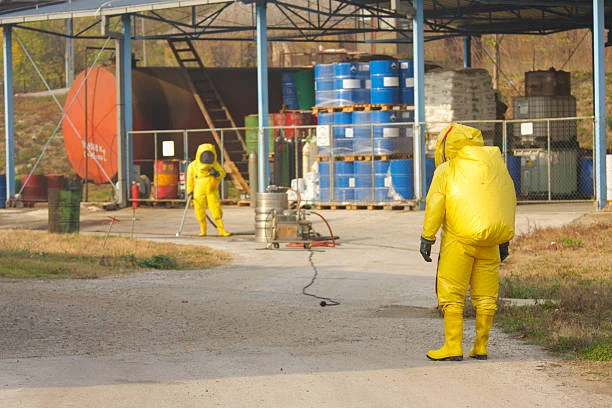
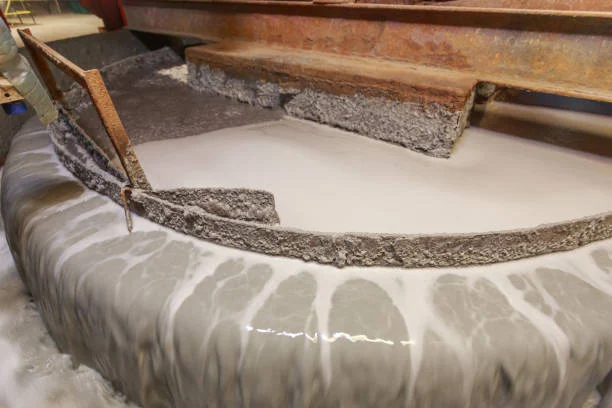
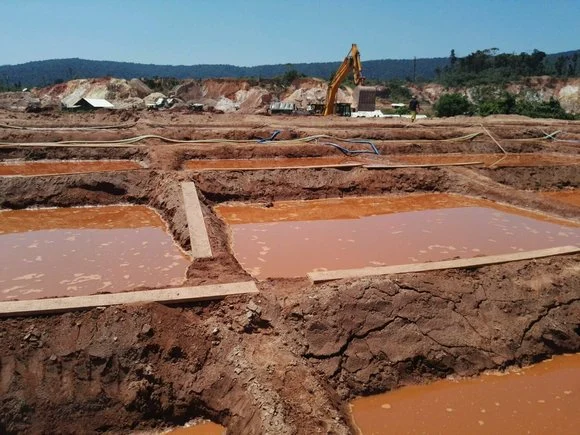


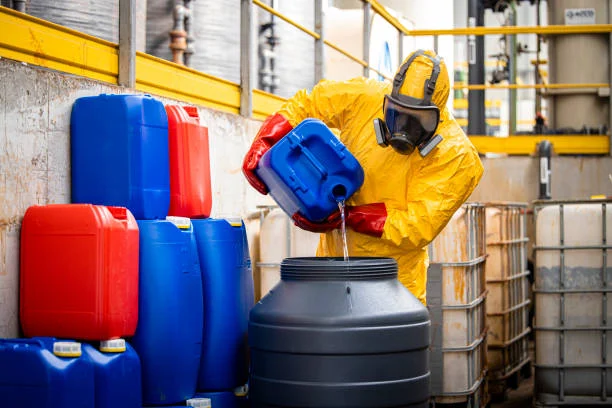
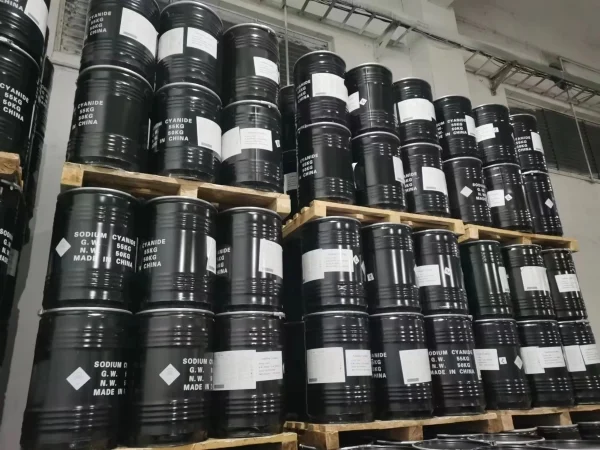



Online message consultation
Add comment: